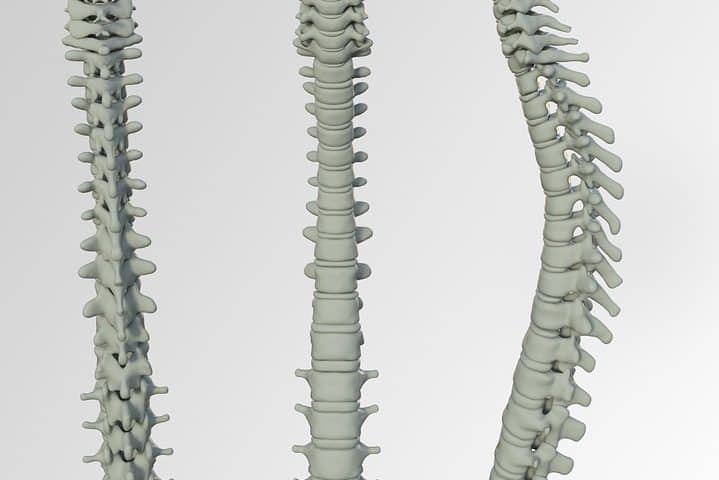Disc degeneration
The disc is the ring that separates any two vertebrae in the spine. It consists of strong, hard fibers with a viscous liquid (gel) in the center that absorbs shocks.
The function of the disc is to serve as a point of balance and support for the vertebrae. The vertebrae move on the disc, and it regulates their movement.
The disc absorbs the pressures coming from the upper vertebra (using the gel) and distributes them evenly to all sides.
The disc plays a key role in vertebral stability. But if you have Disc degeneration, you might have some problems.
In the early stages of disc degeneration, the fibers that make up the disc become softer.. Then tears and cracks begin to appear, especially in the inner – back part of the disc. This causes a decrease in the elasticity of the fibers, and thus causes a decrease in the ability of the fibers to be a stabilizing factor for the vertebrae.
In addition, penetration of the gel from the disc nucleus into cracks and tears, which in some cases may lead to disc rupture.
Disc degeneration can cause chronic back pain, which intensifies when the pressure on the damaged disc increases, for example, while sitting. In rare cases, the patient may not feel any pain at all.
Treatment
The most common treatment for this problem is conservative treatment. That is treated with painkillers, anesthetic injections, or disc heating.
Surgical intervention will rarely be needed to stabilize the spine, and prevent displacement of the vertebrae in the affected disc area, or even disc replacement.
This section does not constitute advice or a recommendation to act one way or another. Before any action you take, it is important to consult a doctor or specialist in the field. We do not take responsibility for any damage that may be caused as a result of any use of this information.


